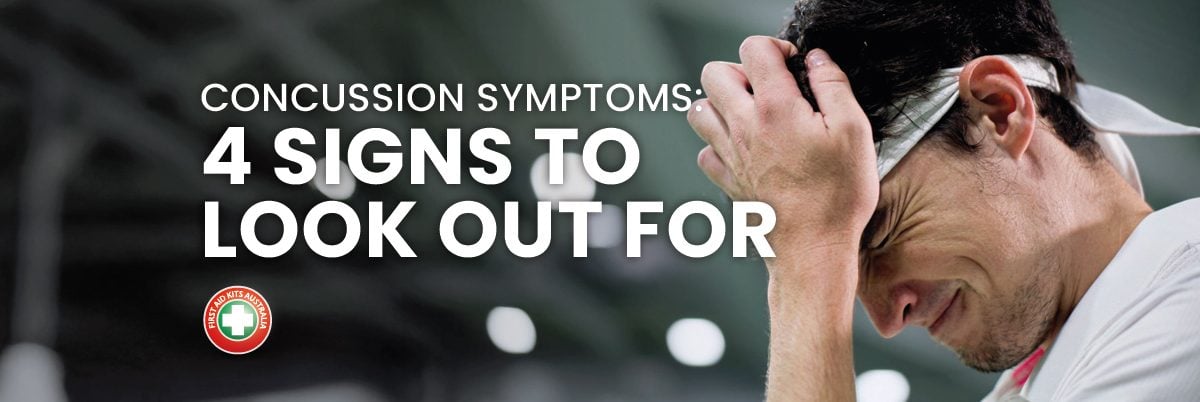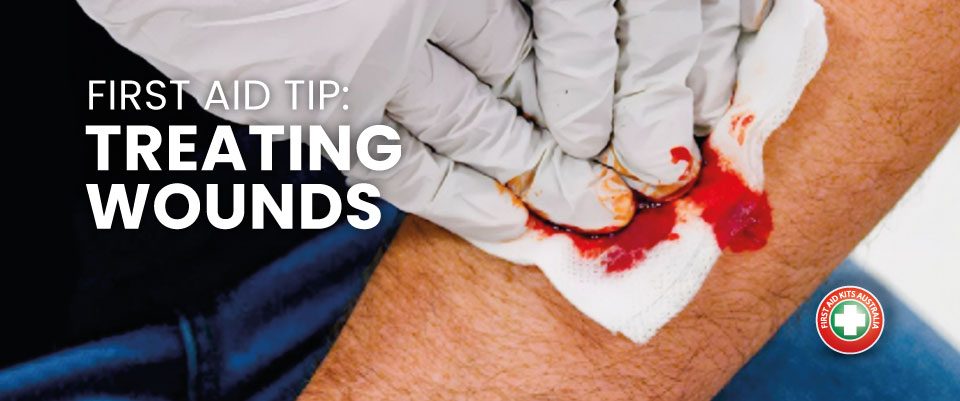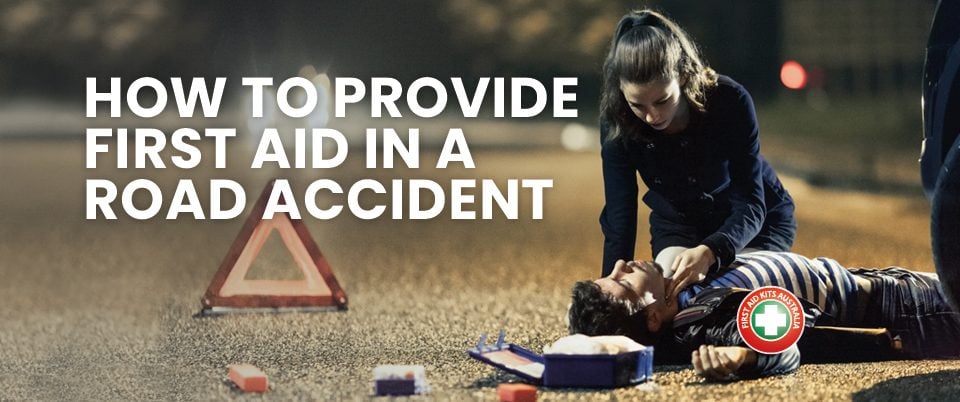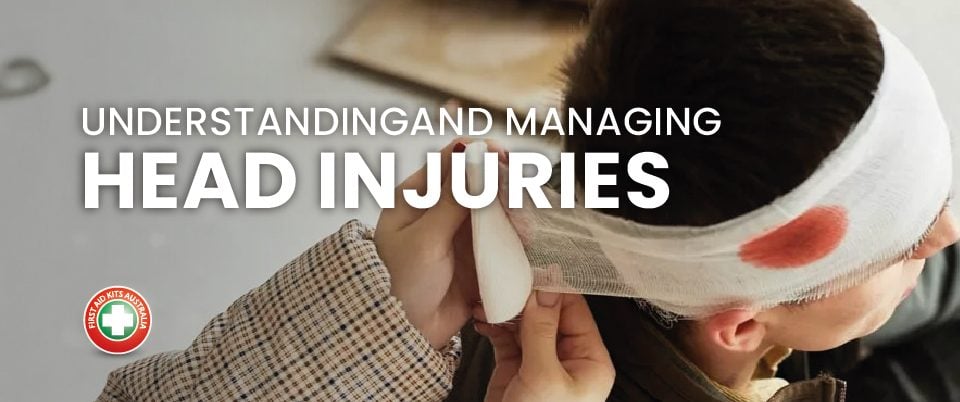
Understand & Manage Head Injuries
10 March 2025
How to provide First Aid in a Road Accident
9 May 2025Head injuries are more common than you might think, and concussions can happen to anyone, whether from a fall, a sporting accident, or a car crash. Knowing the signs and symptoms of concussion is crucial for recognising when medical attention is needed. This guide will help you understand what is concussion, the most common symptoms to watch for, and the essential steps to take if you or someone else experiences a head injury.
What is Concussion?
A concussion is a type of traumatic brain injury (TBI) caused by a blow to the head, a sudden jolt, or an impact that makes the brain move within the skull. While most concussions are not life-threatening, they can lead to serious complications if not properly managed.
Understanding what is concussion and its effects can help ensure you take the right steps for recovery and prevent long-term damage. While some concussions resolve with rest, others may require medical intervention, so recognising the warning signs is essential.
What are the Symptoms of Concussion?
The signs and symptoms of concussion can vary from person to person. Some appear immediately, while others may take hours or even days to develop. If you’re wondering, how can I tell if I have a concussion?, here are four key symptoms to watch out for:
1. Headache and Dizziness
One of the most common symptoms of a concussion is a persistent headache, often accompanied by dizziness or balance problems. If a headache worsens or does not go away after a few hours, it could indicate a more serious brain injury.
2. Confusion and Memory Problems
Concussions often cause cognitive issues such as confusion, difficulty concentrating, or trouble remembering recent events. If you or someone else seems dazed, struggles to recall details, or has difficulty following a conversation, it’s a strong sign of a concussion.
3. Nausea and Vomiting
Feeling sick or vomiting after a blow to the head is another warning sign. While mild nausea may subside, repeated vomiting after a head injury is a red flag that requires urgent medical attention.
4. Sensitivity to Light and Noise
After a concussion, many people experience increased sensitivity to bright lights and loud noises. This can make it uncomfortable to be in busy or well-lit environments and may indicate ongoing brain function disruption.
Other symptoms to be aware of include seizures or jurky movements, blurry vision, fatigue, sleep disturbances, and mood swings. If any of these symptoms persist or worsen, seek medical advice immediately.
What are the Common Causes of Concussion?
Concussions can occur due to various incidents, but the most common causes include:
Falls – Slipping in the bathroom, tripping on stairs, or falling off a ladder.
Sports injuries – High-impact sports like AFL, rugby, soccer, and boxing often result in head knocks.
Car accidents – Sudden stops or collisions can cause the brain to jolt within the skull.
Workplace incidents – Falls, equipment-related accidents, or head trauma in physically demanding jobs.
Assaults – A direct hit to the head during a physical altercation.
Knowing these common causes can help with prevention, such as wearing protective gear, ensuring safety at home and work, and being cautious in high-risk activities.
What First Aid Can I Provide?
If someone suffers a blow to the head, providing the right first aid is crucial for minimising the impact of the injury. Here’s what you should do after your DRSABCD:
Ensure their safety – Move them to a safe place away from further harm.
Keep them still – Encourage them to sit or lie down to prevent additional injury.
Check for serious symptoms – If they lose consciousness, have trouble speaking, or are experiencing seizures, call Triple Zero (000) immediately.
Apply a cold pack – Use an ice pack wrapped in a cloth to reduce swelling.
Monitor their condition – Keep an eye on their symptoms for the next 24 hours.
Encourage rest – Advise them to avoid screens, bright lights, and strenuous activities.
If symptoms worsen, it’s essential to seek professional medical advice.
When Should I Seek Medical Help?
While mild concussions can sometimes be managed at home, certain signs indicate that urgent medical attention is needed. If you’re asking, when should I see my doctor? – look out for these warning signs:
Neck pain or tenderness
Double vision
Loss of conscious
Worsening headaches or continuous vomiting
Seizures or convulsions
Slurred speech or difficulty understanding others
Weakness, numbness, tingling in arms or legs, or coordination problems
Difficulty waking up or extreme drowsiness
Personality changes or unusual behaviour
If you experience any of these symptoms, seek medical help immediately.
Additionally, how is concussion diagnosed? A doctor may conduct neurological tests, memory assessments, and sometimes imaging scans like a CT scan or MRI to determine the severity of the injury.
Conclusion
Recognising the signs and symptoms of concussion early can make a significant difference in recovery. If you or someone you know suffers a blow to the head, watch for key warning signs like headaches, confusion, nausea, and sensitivity to light. Providing proper concussion treatment and knowing how to treat a head injury first aid is essential for ensuring a safe recovery. And when in doubt, always seek medical advice to prevent complications.
If in doubt, always seek medical attention. It’s better to be safe than sorry when it comes to head injuries.
Check out First Aid Australia’s courses here – First Aid Courses
#ConcussionSymptoms #HeadInjury #FirstAidTips #BrainHealth #AustralianHealth





